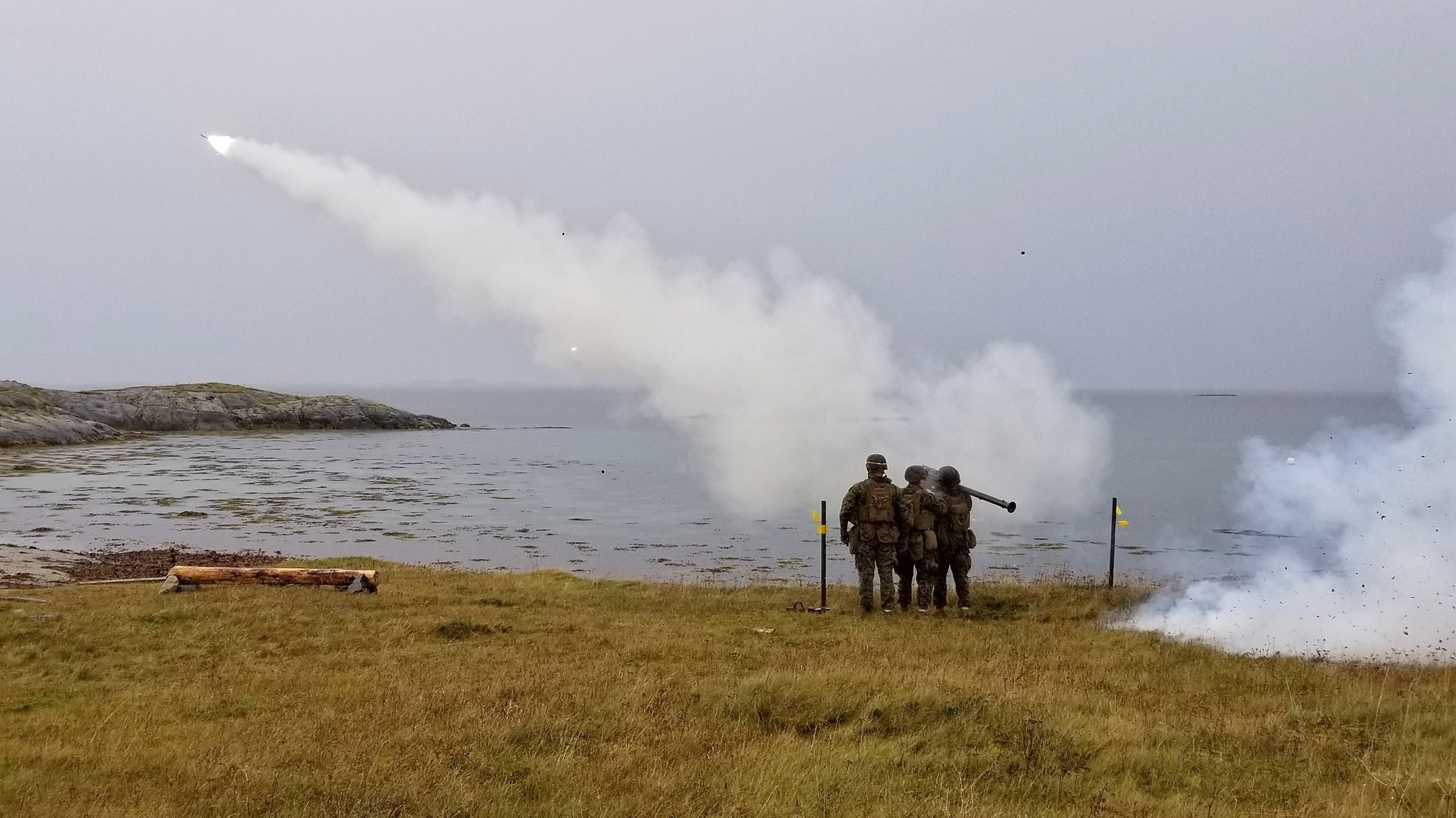WASHINGTON ― In its effort to quickly arm Ukraine against Russia, the Pentagon has announced the equivalent of an open casting call for companies to offer weapons and commercial systems that can be rushed to the fight.
The Defense Department on Friday posted a broad request for information from industry on the federal contracting website sam.gov. The move is part of a stepped-up dialogue between the Pentagon and industry, and a sign of the challenge of boosting arms production in response to the ongoing conflict.
The RFI, on behalf of the new undersecretary of defense for acquisition and sustainment, Bill LaPlante, is seeking input “from across industry” about air defense, anti-armor, anti-personnel, coastal defense, counter battery, unmanned aerial systems, and communications equipment, such as secure radios and satellite internet gear.
To that end, the DoD asks that responding companies describe their weapon, product or system in 100 words or less, and ― in the case of munitions ― check off “appropriate target type(s),” such as area, fixed, airborne/missile, maritime, mine, moving, hard or soft. The RFI says information received will be used to develop requirements for an actual solicitation at a later date.
RFIs are a standard tool used ahead of contracting actions, but it’s one the Pentagon relies on in both routine situations and emergencies.
“The department routinely requests input from industry and commercial partners to conduct market research, learn more about their capabilities, and to shape future requirements,” DoD spokesperson Jessica Maxwell said in an email. “The Department issued similar requests to industry in the earlier stages of the COVID-19 pandemic.”
The cutoff for submissions is May 6, and the DoD is evaluating proposals on a rolling basis. “The department is interested in learning about and discussing novel solutions, including from non-traditional weapons makers,” Maxwell said.
RELATED

On Thursday, President Joe Biden announced another $800 million in military aid for Ukraine, and ― with total U.S. military aid topping $3.4 billion since Russia’s invasion Feb. 24 ― he plans to ask Congress for more authority next week. The White House also announced it added a new Ukraine aid coordinator.
Senate Armed Services Committee ranking member Jim Inhofe, R-Okla., was among lawmakers who have criticized the Biden administration as not speedy enough in its assistance, particularly as the war intensifies in Ukraine’s Donbas region.
“The war is changing in the east, and the Ukrainians need much more to win and roll back Russian aggression. We’ll need to get creative,” Inhofe said in a tweet Friday, hours before the RFI was posted. “Further, we must ensure the Pentagon is able to get contracts out to industry to increase production ASAP. Let’s get to work.”
Top DoD officials convened defense industry leaders at the Pentagon earlier this month to gauge their ability to ramp up arms production in response to the conflict. Firms are still grappling with pandemic-related supply chain and workforce woes, and the Pentagon is also facing questions about how to replenish stocks of U.S. and allied equipment being sent to Ukraine.
As the DoD has raided its stockpiles of Javelin anti-tank and Stinger anti-aircraft missiles as well as Switchblade drones, it’s also recently announced novel aid like an unmanned surface vessel, which the Pentagon has declined to describe in detail, and the Phoenix Ghost, a new drone developed by the Air Force.
The RFI lays out the department’s goal to “accelerate production and build more capacity across the industrial base for weapons and equipment that can be rapidly exported, deployed with minimal training, and that are proven effective in the battlefield.”
Companies must check off whether their system can be delivered in 30 days or less, 31-90 days, 90-180 days, or more than 180 days. If it’s in production, the DoD wants to know the maximum production rate per month and what other systems could be impacted by a production increase. If it’s not in production, the department wants to know what’s needed to begin production.
The U.S. military, which has trained Ukrainian forces on Switchblade drones, also wants to know what training each system requires and whether the responding company has training facilities in Central or Eastern Europe.
Meanwhile, the DoD on April 12 awarded the first contract of the Ukraine Security Assistance Initiative’s $300 million budget for this year: a $19.7 million deal with AeroVironment for a small, hand-launched surveillance drone called the RQ-20 Puma AE.
Joe Gould was the senior Pentagon reporter for Defense News, covering the intersection of national security policy, politics and the defense industry. He had previously served as Congress reporter.








